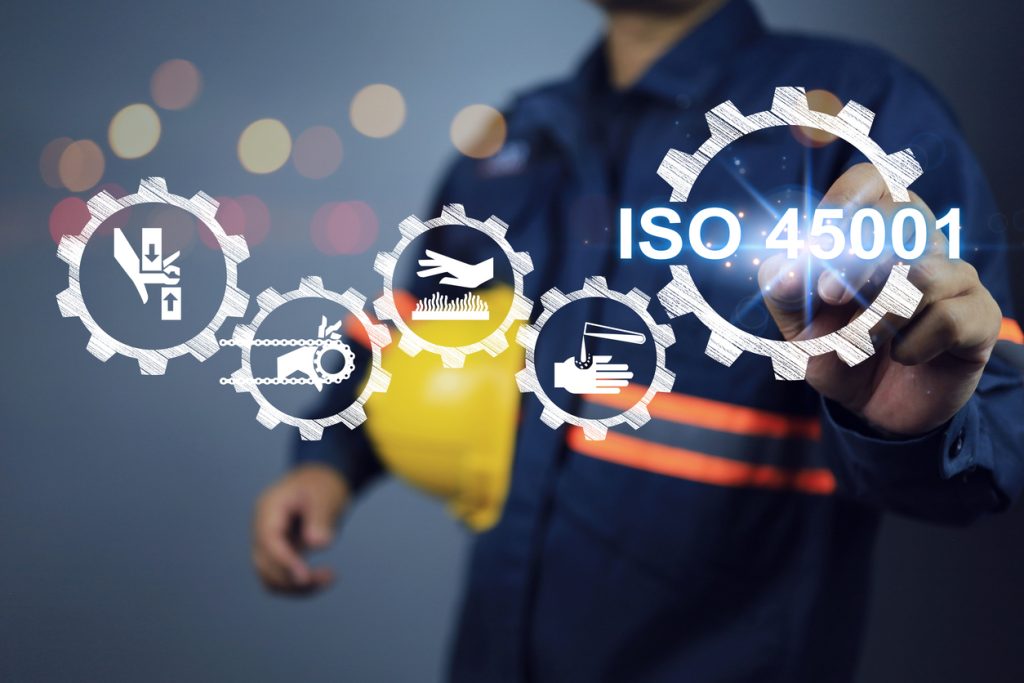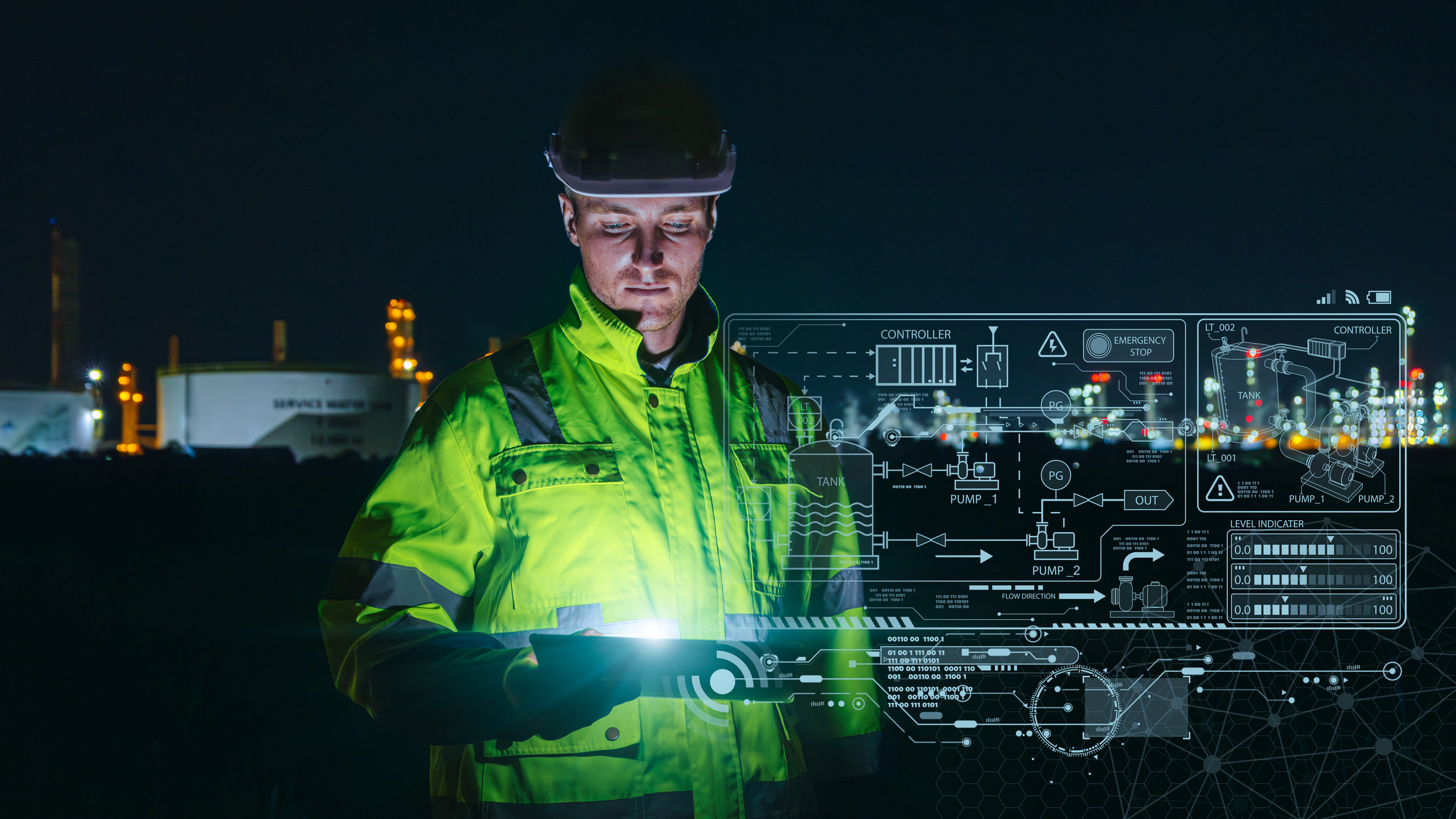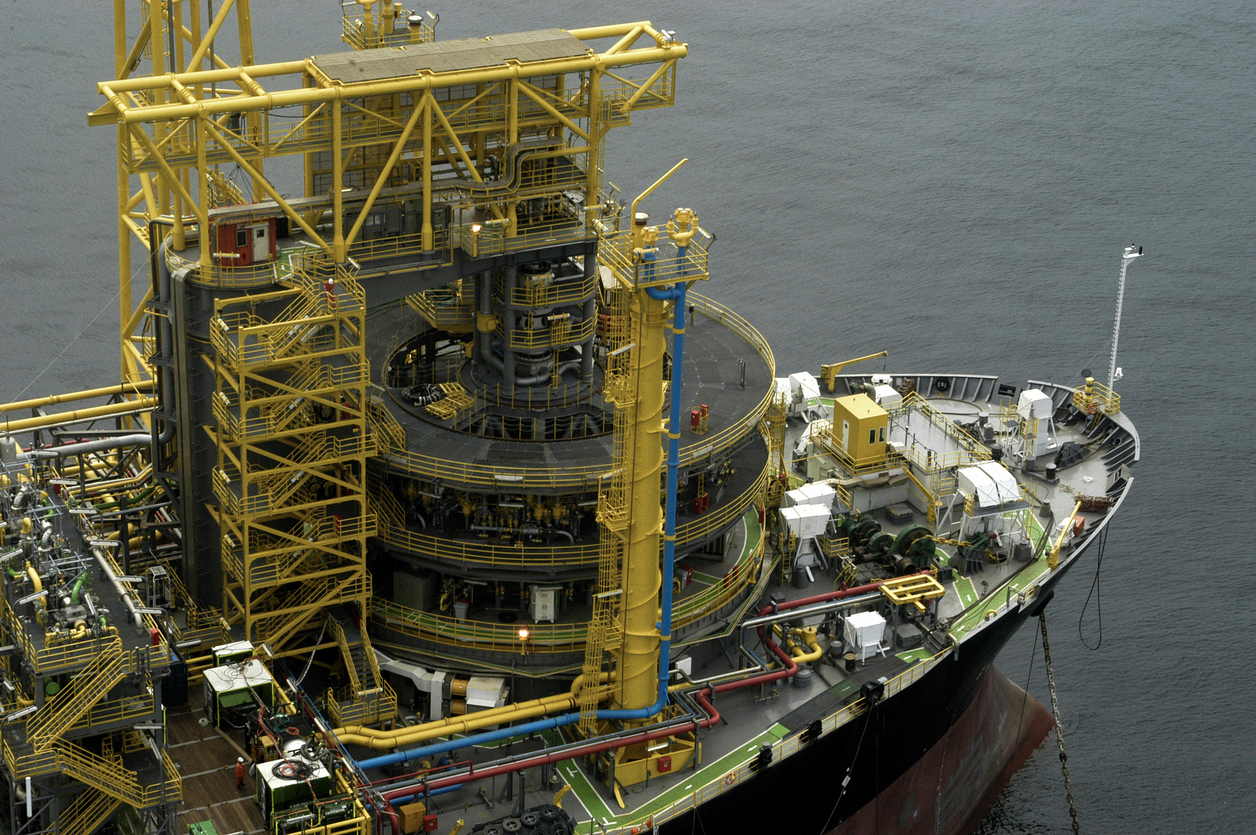ISO 45001 is the international standard that defines guidelines for Occupational Health and Safety Management Systems, focusing on accident prevention and protecting the physical and mental health of workers. More than a formal requirement or certification, it proposes the creation of a true culture of prevention and care that involves all levels of the organization.
For this culture to take hold, more than documents and processes are needed: it's necessary to transform safety management into something living, practical, and integrated into the operational routine. In this scenario, intelligent monitoring emerges as a strategic ally in achieving and maintaining compliance with ISO 45001, taking the standard's application beyond paper and theory.
What is ISO 45001 and why is it relevant?
ISO 45001 provides a set of standards that help companies identify hazards, assess risks, and implement preventive measures to protect employees and others involved in operations.
Its role goes beyond prevention: it creates a solid foundation for reducing incidents, minimizing impacts, improving processes, and reinforcing the organization's commitment to safety.
Adopting the standard generates direct benefits such as:
- Risk and incident mitigation;
- Increased employee engagement and improved productivity;
- Reduction of costs due to accidents, absences and interruptions;
- Strengthening the institutional image and reputation in the market;
- Greater reliability with customers, partners and regulatory bodies.
Challenges to comply with ISO 45001
Despite its value to a company, fully complying with ISO 45001 requirements can be challenging. Common obstacles include:
- Adaptation of existing processes to the management structure required by the standard;
- Need for continuous training to keep teams prepared and up to date;
- Complete identification of risks and hazards in different areas and activities;
- Lack of data in real time on risks and incidents, making preventive action difficult;
- Difficulty in continuously monitoring critical areas, especially in large-scale operations;
- Limitations in detecting unsafe behaviors or risky situations.
These difficulties reveal that, to implement the standard efficiently, companies need tools that increase management visibility, agility, and reliability.
How Intelligent Monitoring Supports ISO 45001
Intelligent monitoring is a technological system that enables continuous and automated data collection and analysis, supported by artificial intelligence. It provides real-time visibility, identifies deviations, and generates reliable information to support faster, more effective decisions.
A intelligent monitoring system alone does not guarantee compliance with ISO 45001, but it supports Occupational Health and Safety teams by providing data and resources that make its application more effective. By combining cameras and analysis software, it is possible to detect risks before they become incidents, strengthening preventive capabilities.
Furthermore, it can also support internal investigations with images, records, and objective data; generate automatic alerts for critical teams and areas; and facilitate the preparation of reports and the organization of evidence required by the standard.
In this way, technology acts as direct support for meeting the requirements of ISO 45001, increasing the level of control and precision in safety management.
Practical examples of using intelligent monitoring
The integration between ISO 45001 and intelligent monitoring can materialize into concrete applications that make safety management more efficient and traceable.
For example, advanced systems can automatically identify improper use of PPE, preventing risks before they cause harm; control access to restricted areas, ensuring that only authorized personnel enter danger zones; perform real-time perimeter monitoring to prevent intrusions and incidents; record events in detail, creating a useful archive for audits and training; and support rapid emergency response by detecting falls, collisions, or signs of fire.
These cases illustrate how technology transforms the standard's guidelines into objective, measurable actions aligned with best safety practices. Thus, intelligent monitoring not only complements ISO 45001 but also enhances its effectiveness, ensuring that companies have practical and technological means to protect employees, visitors, and contractors while meeting and exceeding the standard's requirements.
Benefits of integrating ISO 45001 and intelligent monitoring
The integration of structured management and technology generates solid results, such as more effective compliance with standard requirements, the collection of objective data to support decisions and preventive actions, and the strengthening of the safety culture through the use of technological support.
Furthermore, the reduction in accidents and absences is one of the main points, as it demonstrates the company's commitment to preserving lives, also generating an increase in productivity. This way, agility and transparency in audits increase, as the organization has organized and accessible evidence.
These benefits strengthen safety as a core value and competitive differentiator for the company.
Conclusion
ISO 45001 is an essential guide for aligning occupational safety with corporate strategy, but its potential is enhanced when combined with modern technologies.
Intelligent monitoring takes standard enforcement to a higher level, offering visibility, data, and agility to act with precision.
Combining structured management and technology is not just an evolutionary step, but the key to building a safer, more efficient, and reliable operation, prepared for the challenges of the present and future.
About ALTAVE
ALTAVE offers intelligent monitoring solutions that increase safety in critical operations, protecting people, assets, and processes. By combining cutting-edge technology with automated analysis, it is possible to identify risk situations in real time and prevent accidents before they happen.
With real-time monitoring, intuitive dashboards and 24/7 support, ALTAVE contributes to operational safety and the protection of lives and essential resources. The company has patented technologies in Brazil and abroad, and is present around the world, serving sectors such as Defense and Security, Energy, Mining, Ports, Agribusiness and Oil and Gas.
Recognized for its strategic relevance, ALTAVE is accredited as a Strategic Defense Company by the Brazilian Ministry of Defense and a supplier to Petrobras.
Let's have a chat?
Contact us to learn more about how our solution can help your company!





